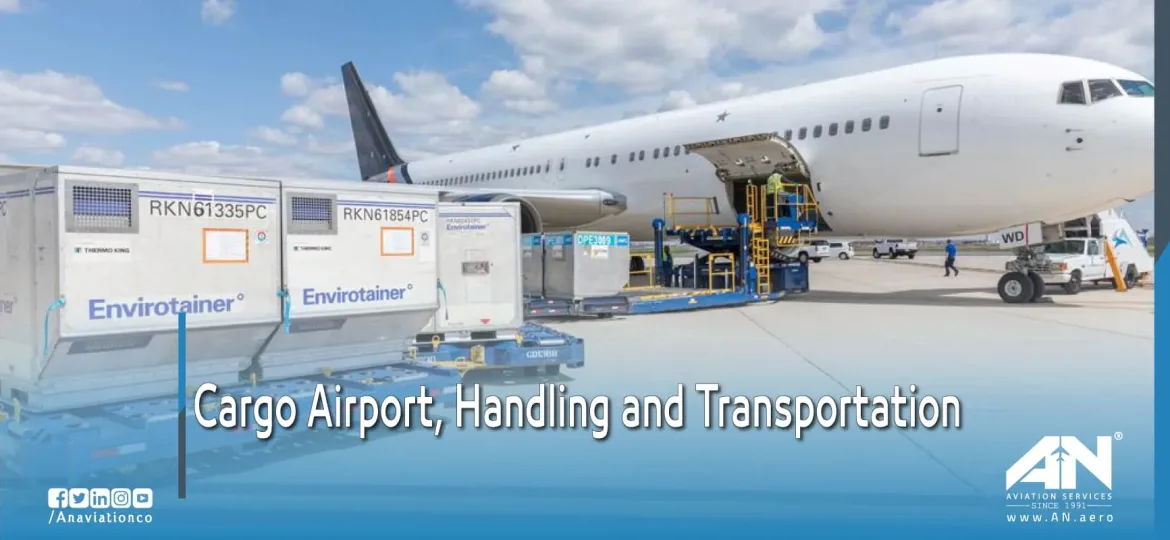
The logistics and aviation industries play a pivotal role in global trade, and at the heart of this intricate network lies the cargo airport—a specialized hub designed to ensure the seamless movement of goods across borders. These airports differ significantly from passenger airports, focusing entirely on the needs of cargo handling, storage, and efficient transportation. Whether it’s perishables, high-value electronics, or oversized freight, cargo airports ensure that global supply chains function like clockwork.
In this blog, we will explore what makes a cargo airport unique, the critical processes involved in handling and transportation, and why these facilities are essential for international commerce.
What Is a Cargo Airport?
A cargo airport is a dedicated facility optimized for handling large volumes of freight. Unlike passenger airports, which focus on human travel, cargo airports are specifically designed to process, store, and transport goods efficiently. These airports often feature extensive warehouse space, robust handling equipment, and specialized facilities for perishable or hazardous goods.
Many of the world’s largest international airports, such as Memphis International Airport (home to FedEx) or Hong Kong International Airport, operate as major cargo hubs. These facilities handle millions of metric tons of goods annually, supporting the global economy by moving everything from raw materials to finished products.
The Core Functions of Cargo Airports
1. Cargo Handling:
The essence of a cargo airport lies in its handling operations, which involve multiple stages to ensure that goods are transported safely and efficiently. Ground handling teams manage a wide array of tasks, including unloading goods from cargo planes, storing them in temperature-controlled environments when necessary, and preparing them for onward distribution.
Key aspects of cargo handling include:
- Efficient unloading and loading of cargo planes using specialized equipment such as high loaders and forklifts.
- Sorting goods based on their destination or type.
- Inspection and screening to ensure compliance with customs and security protocols.
2. Transportation and Connectivity:
Cargo airports are often located strategically to facilitate smooth transportation to key trade hubs. They are designed with excellent road, rail, and maritime connectivity, making it easier to move goods to and from warehouses and shipping points.
In many cases, large logistics companies or courier services like UPS, DHL, or FedEx operate their own fleet of aircraft and vehicles at these airports. This guarantees last-mile delivery and fast intercontinental shipping for businesses and customers alike.
3. Warehousing and Storage:
Warehousing is one of the most vital functions of a cargo airport. Specialized storage facilities cater to the diverse needs of cargo, including:
- Refrigerated or temperature-controlled storage for perishable items such as food, flowers, or pharmaceuticals.
- Secure areas for high-value goods such as electronics, luxury items, or currency.
- Special handling areas for hazardous materials or oversized cargo that requires unique care.
With high-tech inventory management systems, warehouses can track goods in real-time, ensuring accuracy and minimizing delays.
How Cargo Airports Enhance Global Trade?
The efficiency of a cargo airport directly impacts the global economy. By reducing transportation time and providing reliable services, these airports support businesses in meeting their production timelines and customer expectations.
Speed and Efficiency:
The primary advantage of cargo airports lies in their ability to expedite the shipping process. Air freight is significantly faster than sea or land transportation, making it ideal for time-sensitive shipments such as medical supplies or seasonal products.
Global Connectivity:
Cargo airports act as critical nodes in the global supply chain, connecting countries and continents through well-coordinated flight routes. From exporting agricultural produce to importing industrial components, these hubs facilitate seamless cross-border trade.
Advanced Technology:
Cargo airports heavily rely on technology to enhance their operations. Automation, artificial intelligence (AI), and tracking systems ensure that cargo is moved, stored, and delivered with precision. This technology also minimizes human error, reduces delays, and improves the overall efficiency of cargo handling processes.
Challenges in Cargo Handling and Transportation
While cargo airports are essential, they are not without challenges. Some of the most common issues include:
1. Capacity Constraints:
As global trade volumes grow, many cargo airports face capacity issues. Warehouses, runways, and handling equipment may become overwhelmed during peak seasons.
2. Security Concerns:
Ensuring the safety of goods and compliance with international regulations is a major concern. Strict security measures, such as X-ray screening and manual inspections, can create bottlenecks.
3. Environmental Impact:
Cargo operations, particularly air freight, contribute to carbon emissions. Many airports are investing in sustainable practices, such as using electric ground-handling equipment and optimizing flight paths to reduce their environmental footprint.
Future Trends in Cargo Airport Operations
1. Automation and AI Integration:
The integration of AI and automation will continue to streamline cargo handling operations. Automated sorting systems, real-time tracking, and predictive analytics are just a few technologies transforming the way goods move through airports.
2. Expansion of E-Commerce:
The boom in e-commerce has placed additional demand on cargo airports. Facilities are expanding to handle the surge in express delivery services, with many investing in new warehouses and direct-to-consumer logistics solutions.
3. Sustainable Practices:
The aviation industry is increasingly focusing on sustainability. Cargo airports are exploring the use of biofuels, electric vehicles, and energy-efficient buildings to minimize their environmental impact.
Conclusion
The role of cargo airports in facilitating global trade and ensuring the efficient movement of goods cannot be overstated. These specialized hubs are the backbone of the international air transport industry, enabling businesses to thrive in an interconnected world. From cargo handling and storage to transportation and security, every process is meticulously designed to meet the evolving demands of modern logistics.
As technology continues to advance and sustainability becomes a top priority, cargo airports will remain at the forefront of innovation, ensuring that goods reach their destinations safely, quickly, and efficiently.

